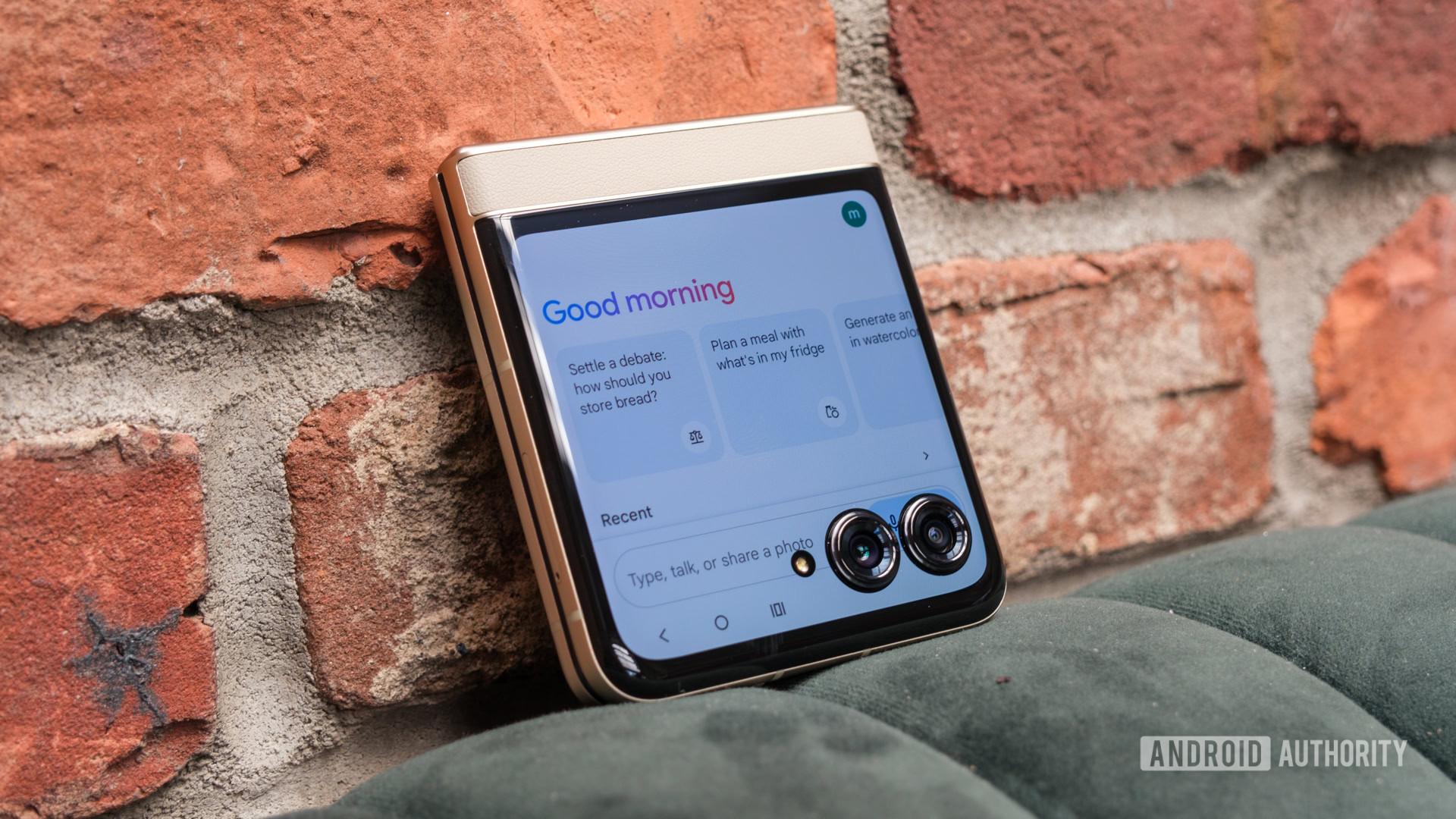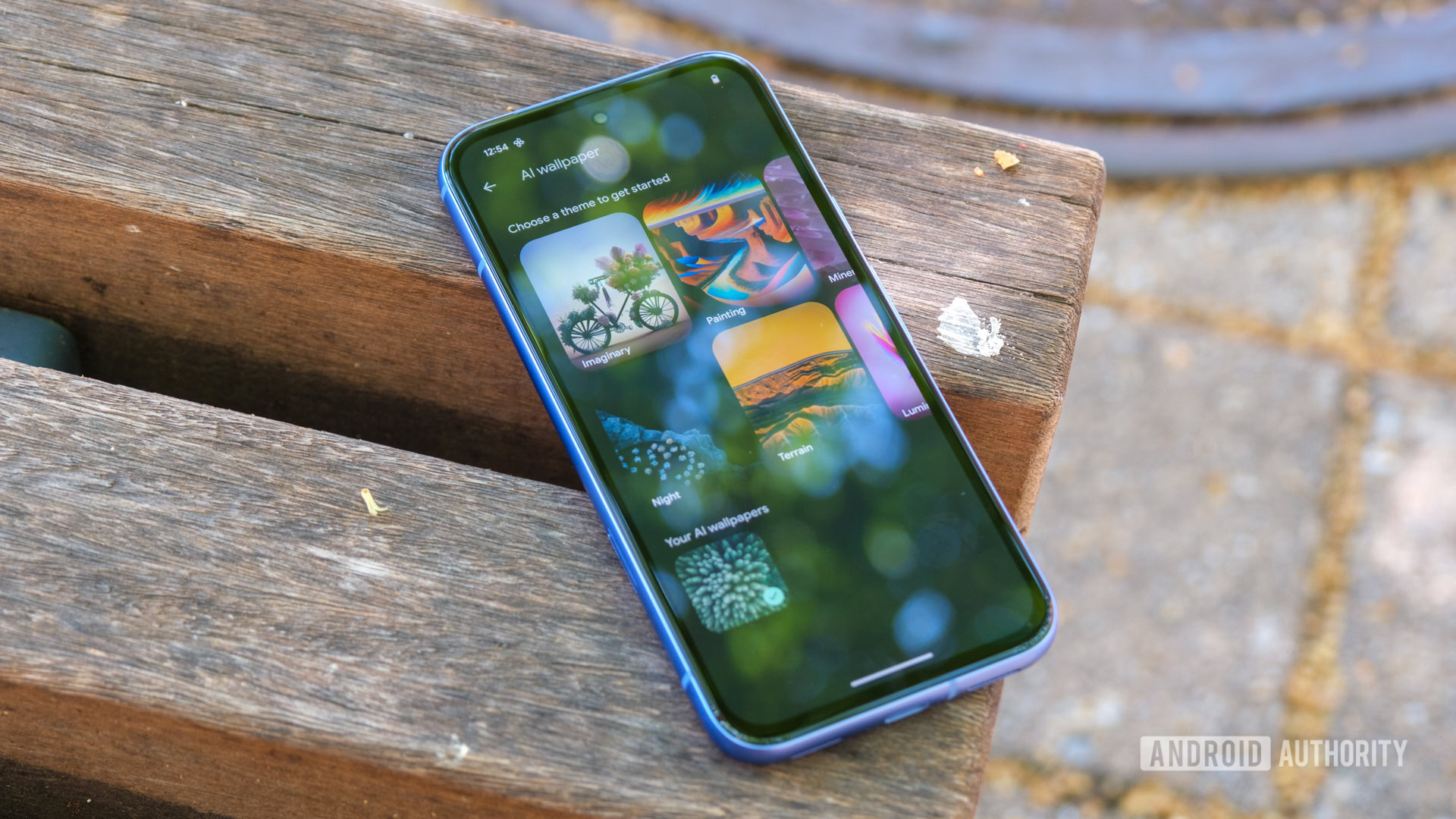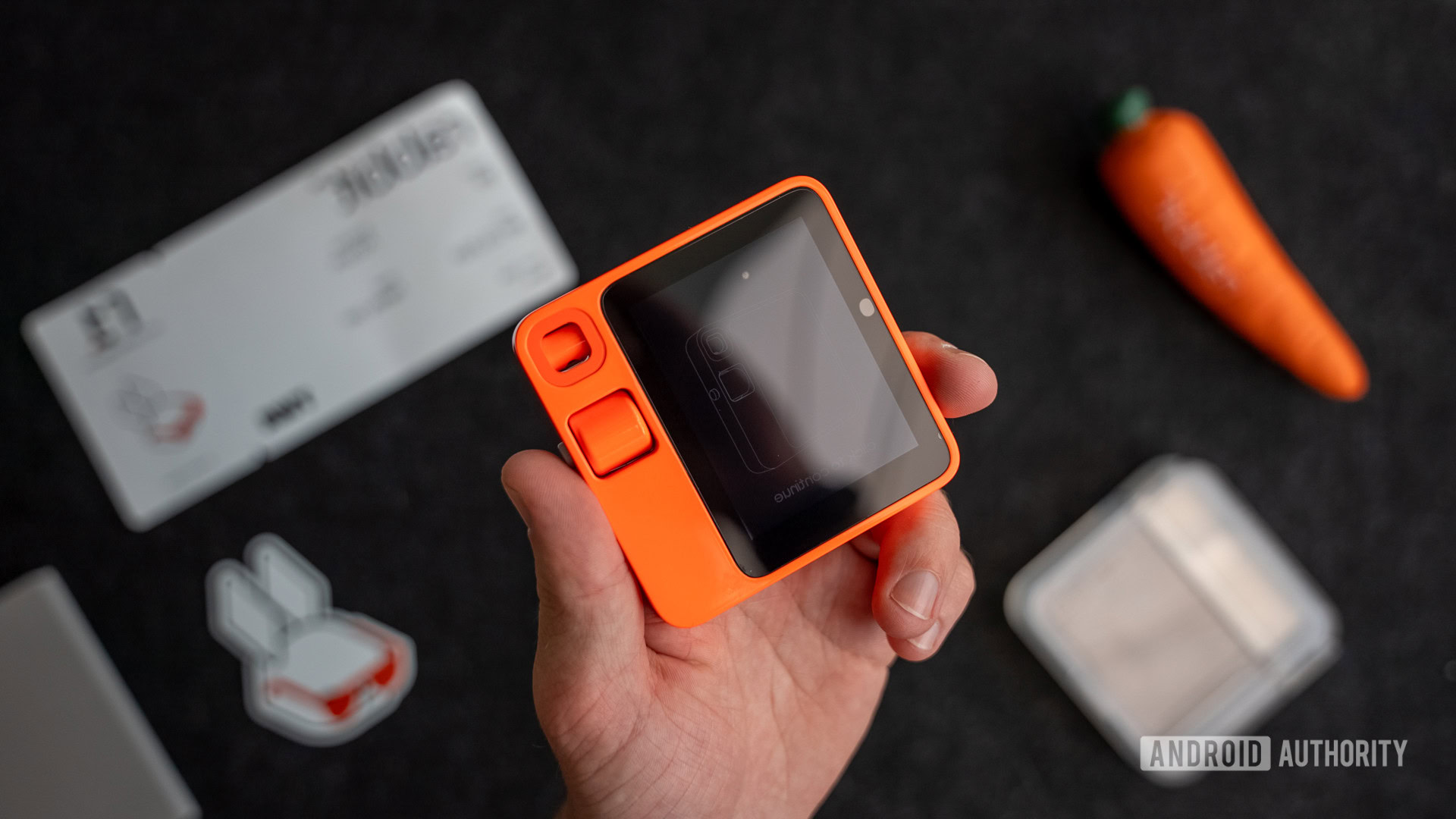Affiliate links on Android Authority may earn us a commission. Learn more.
I thought small phones were dead, but I want AI to bring them back
I probably sound like a broken record, but I like small phones. Give me one that fits comfortably in my pocket, and I’ll reach for it daily over a larger phone with more impressive cameras and a bigger battery. Unfortunately, many things we currently do on our phones are easier on larger displays — typing, reading articles, and playing games. But what if the way we use our phones is, in theory, about to change? If there’s one thing I want out of the coming AI revolution, it’s the return of small phones.
The power of a good assistant

The first thing we need for small phones to make a comeback is a set of highly capable smart assistants, whether they’re running stock Android or a highly customized skin. To get by with less screen real estate, you have to trust that your phone can correctly do more things for you. It’s not my favorite aspect of the AI overhaul — I still like controlling most of my phone — but it’s an important one to free up pocket space. Sure, both Google and Apple have touted the features coming to their Gemini and Apple Intelligence models, respectively, but we’re still a long way off from realizing their full potential.
Right now, you have to choose when setting up a new Android phone — would you rather have the tried-and-true Google Assistant running the show? Or are you willing to give Gemini a try? Unfortunately, you can’t run both assistants on one device at the same time, so you have to decide which features you need and which you can give up. Right now, Gemini is better at answering factual questions and can handle making phone calls and setting reminders, but Google Assistant is more capable when it comes to routines and controlling a wider range of streaming services.
The sooner Google fully merges Gemini and Assistant, the better.
One day, Google will combine the two and bring Gemini to all Android devices as the default, but we’re still far away from that point. Even if it does allow phones to get smaller, relying heavily on Gemini will come with hoops to jump through. I tested the assistant on the cover screen of Motorola’s new Razr (2024), and although it technically worked just fine, opening the keyboard for text inputs essentially blocked me from seeing the rest of the assistant. Then, when I minimized the keyboard, I couldn’t always see Gemini’s responses. Of course, there’s a lot at play here, like the app having to find its way around the Razr’s camera cutouts, but it suggests there’s a lot of optimization to go before Gemini can take over on a truly small display.
Over on iOS, the updated, more conversational Siri assistant is still a few months away, even in its beta form. When it does arrive, AI-powered Siri sounds like it’ll be using Gemini as a blueprint. While Google moves beyond typing-based inquiries, Apple is running towards them and also adding Siri-powered tips for when you pick up a new device—just like the Pixel 8 series offers.
Perhaps the more critical thing coming to Apple’s updated Siri is that it should be better able to understand you, even when you can’t understand yourself. Apple gave the example that if you request a timer but are unsure of the length at first, the new Siri will be able to realize what you want rather than simply setting two timers and hoping for the best. It should also understand cross-app commands, like sending a specific email to a contact without you having to jump from Messages to Mail or vice versa. You know, multitasking in a way that doesn’t make you interact with your phone itself.
Waitin’ on a cloudy day

To me, a more capable assistant only covers the basics of resurrecting small phones. The other key to freeing up pocket space is where that assistant does its work. It might not be a popular opinion, but the more work done in the cloud, the better. I know that seems counterintuitive — after all, on-device requests are quicker to run — but shifting some tasks off-device means that your phone doesn’t have to work as hard.
As it stands, Gemini doesn’t do much on-device work anyway, primarily handling summaries in the Pixel Recorder app and generating responses through Smart Reply in Gboard. Strangely, I think it should stay that way. Provided that we can trust the safety of the data we send to Google, relying on its data centers would mean less work for the chipsets we’re carrying in our pockets, which would mean less strain on batteries that we could make smaller.
With less on-device processing to worry about, phones can adopt smaller batteries, making a small phone a reality.
Some of our favorite features, like the ability to generate AI wallpapers, exist only in the cloud, and we have no issues with that. Sure, it takes a second, but Google gives you a few different wallpapers to choose from each time you hit Generate, so it’s easy to find one that works. And yes, keeping most AI processes off-device means that you’ll need a reliable data connection, but unless you’re headed out into the remote wilderness or spend hours per day on the New York City subway, that shouldn’t be too hard.
In fact, there’s one (admittedly terrible) device on the market that kind of has the right idea…
Do you think that AI could bring back small phones?
Did Rabbit get something right?

Alright, so hear me out — the Rabbit R1 got one thing right. Yes, it’s a terrible product. Its design, with a rotating camera and scrolling crown that renders the touchscreen useless, is nonsense. Its Rabbit OS and Vision Mode are inaccurate and inconsistent, and its integrations with Spotify, Uber, and DoorDash are shaky at best. But the one thing that I have to give the much-hyped little companion credit for is that it’s not designed like a traditional smartphone.
Granted, I know it’s not designed like a smartphone because it’s not a smartphone, but it’s at least acknowledging a future where we don’t use our smartphones like we do now. The R1 has a smaller display because it doesn’t expect you to type on it, it has a smaller battery because it’s not doing any work on-device, and it has a watch-like rotating crown because, well, I can’t explain that one when it has a touchscreen.
Kill the product, but not the idea.
But the point is this — the Rabbit R1 is a good idea executed poorly. It’s a device that acknowledges it can ditch the traditional smartphone form factor because it doesn’t need a big battery or large display when it’s reliant on voice commands. I think it still would have been more effective in a footprint closer to that of the Palm Phone — something that makes a little more room for decent cameras and offers the ability to scroll through social media throughout the day — but it’s on the right space-saving track.
Now, if only I could convince people that we don’t need the biggest displays for doomscrolling and streaming shows on the best Android phones, we might usher in a new age of small ones. It just might be the one thing that can free some of us from our sky-high screen time each and every day.